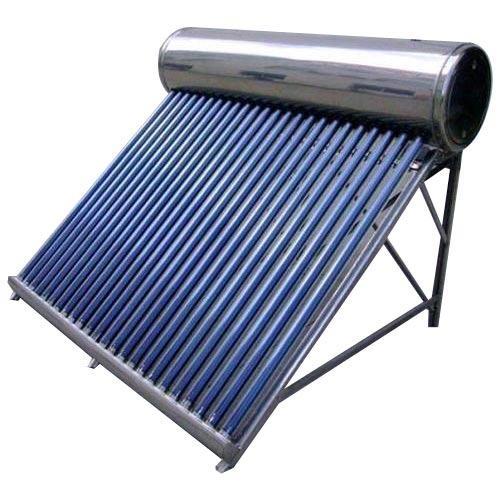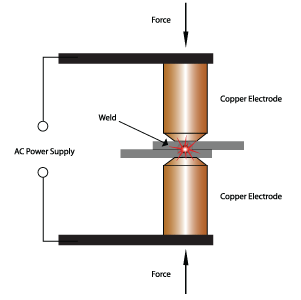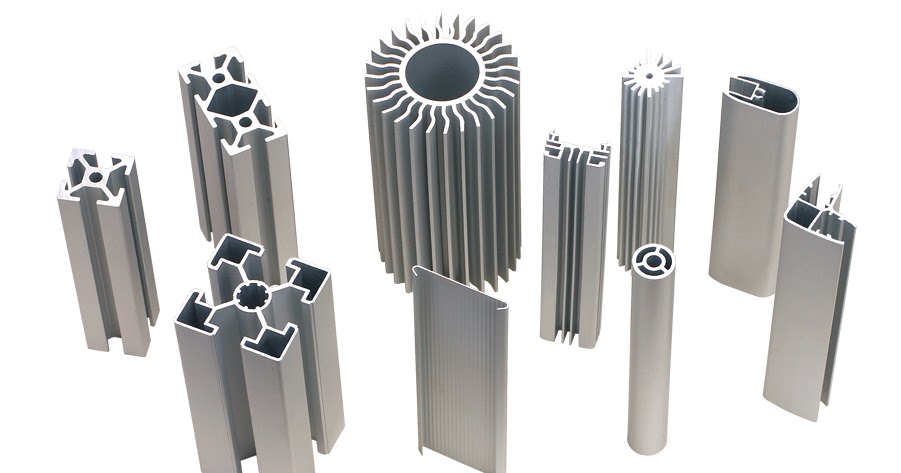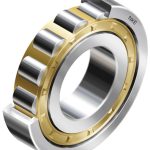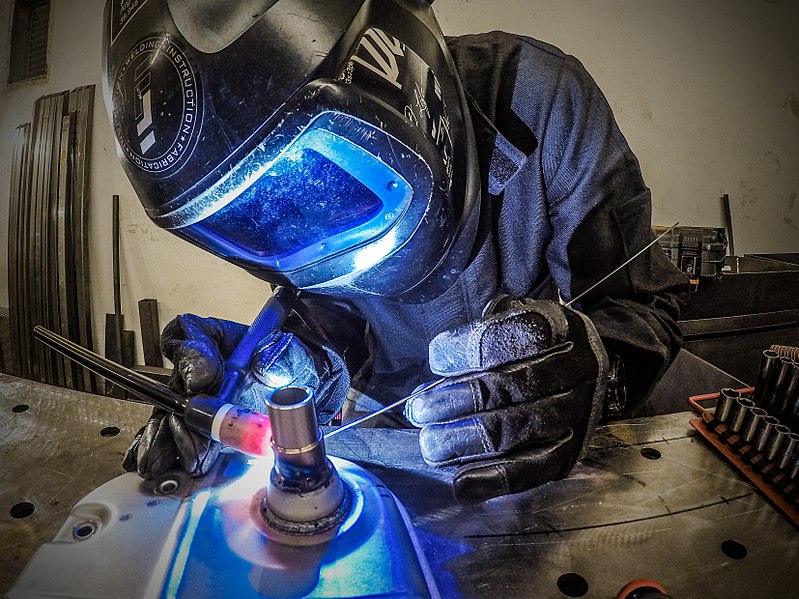Metal chains: their history, manufacture, and uses
Metal chains are an essential part of our daily lives, used in many industrial and domestic applications. This item is strong and durable, making it useful in a wide range of contexts. In this article, we’ll explore the history of metal chains, the process of making them, and the various ways they are used.
Definition of metal chains:
A metal chain is a series of connected parts that are usually made of metal. These parts can be in the form of rings, links, or any other structure that can be joined repeatedly. Chains are used for a variety of purposes, from decoration to heavy industry.
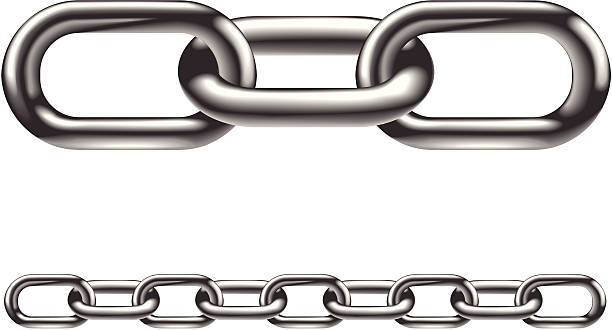
History of metal chains:
The origins of metal chains go back a long period of history, where they were initially used for military and decorative purposes. In ancient Egypt, the ancient Egyptians used gold and silver to make chains for use in jewelry and decorations. Over time, chain manufacturing techniques developed, their uses increased, and their designs diversified to meet increasing needs.
Metal chains industry:
The process of manufacturing metal chains includes several basic steps. The metal to be used, whether it is iron, copper, or aluminum, is selected and heated to make it moldable. Next, the metal is drawn into a long cylindrical shape, then cut into short pieces to form the rings or links.
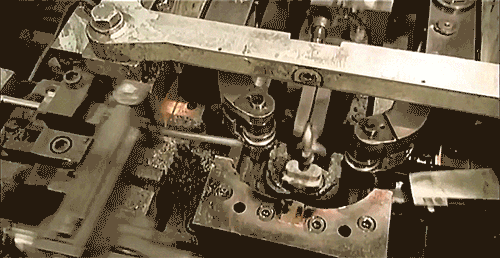
Additional processes such as chrome plating can also be performed to improve rust resistance or apply any other finishes for aesthetic or functional aspect. Advanced machines are used to design different styles and shapes of chains, adding to the variety of possible uses and designs.

Uses of metal chains:
1. Jewelry and adornments:
Metal chains are used in jewelry making to create necklaces, bracelets, and rings.
2. Heavy industries:
Used in heavy industries to connect and stabilize heavy parts and equipment.
3. Home decor:
They can be part of the decor items in homes and offices.
4. Fencing and security:
Metal wire is used in fencing for protection and security purposes.
5. Marine industries:
It is used in marine industries to connect parts and equipment used in the marine environment.
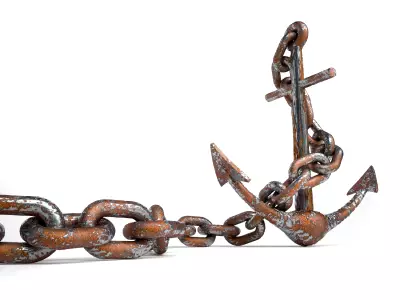
6. Agricultural industries:
It is used to connect and stabilize agricultural equipment and implements.
7. Clothes and fashion industry:
It is used to create belts and clothing accessories.
Use of chain in timing mechanism in internal combustion engine:
8. In the field of cars:
The use of chains in the timing mechanism of internal combustion engines is crucial. The chain plays an important role in determining when the engine valves open and close. The chain is guided around the crank cylinder, timing wheel and camshaft, allowing the valves to open and close at the right time during the combustion cycle. This contributes to improved engine performance and fuel consumption.
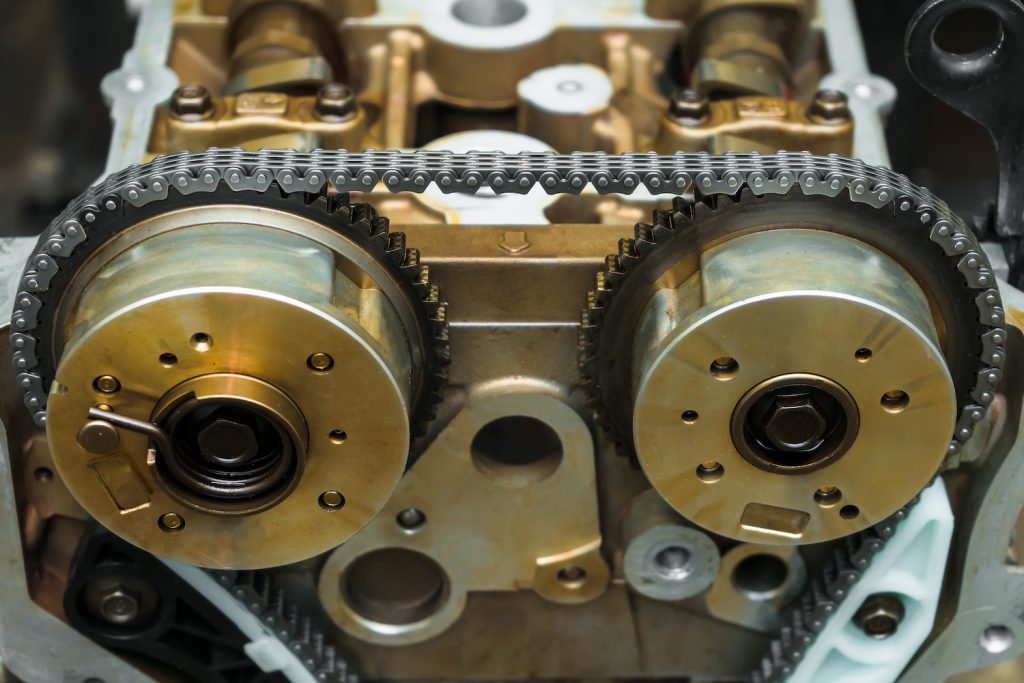
Timing Chains are reliable and efficient in transmitting motion and withstand the effects of the repeated cycle of an internal combustion engine. Chains allow precise and efficient delivery of rotational motion, which contributes to maintaining optimal engine timing.
The automotive industry is witnessing continuous progress in series manufacturing techniques, where high-quality materials and cutting-edge designs are used. This enables sustainable performance and high efficiency in modern automobile engines.
The use of chains in heavy machinery, agricultural machinery and tanks:
9. In heavy machinery and agricultural machinery:
Chains play a vital role in improving the performance of heavy and agricultural machinery. Tracks are used as a means of directing movement and providing additional stability to machinery. These chains are used on heavy equipment such as excavators and bulldozers to increase traction and provide a stable footing while operating in difficult ground conditions.
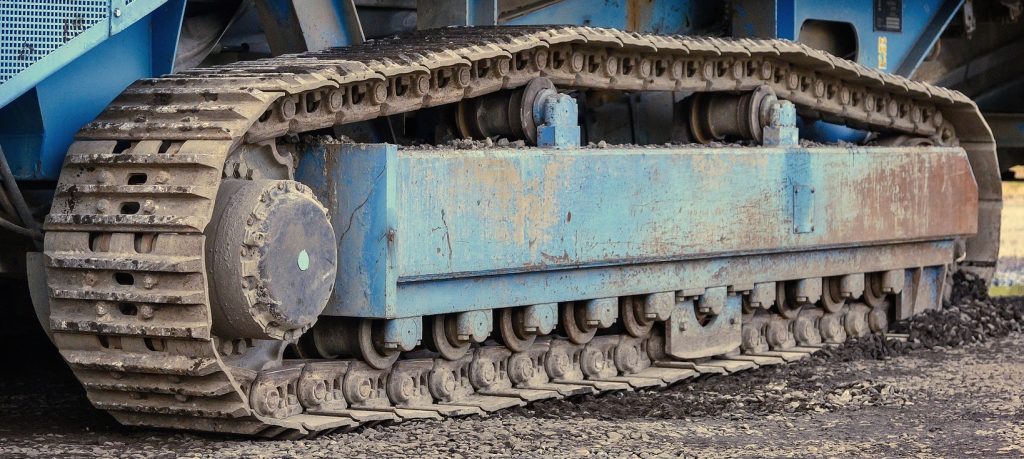
10. In tanks:
The use of tracks in tanks is one of the main issues. These chains enhance the tank’s ability to navigate difficult terrain and uneven roads. Tracks are a fixed interface that helps guide and improve the tank’s movement, and they also increase its ability to withstand pressures and harsh environmental conditions.
Features of strings in these applications:
– *Stability and Control:* Chains provide great stability to machinery and equipment, making them able to navigate effectively in difficult conditions.
– *Resistance:* Chains are resistant to wear and tear, enhancing the long-lasting performance of the machines.
– *Ease of maintenance:* Maintenance can be performed easily on the chains, which reduces the overall maintenance costs of the machines.
Technological innovations:
As technology advances, smart chains have been developed that use the latest technologies to improve the performance of heavy machinery and tanks, such as performance tracking systems and intelligent steering control.
This shows that metal chains are not just a decorative element or a bearing structure, but rather have great importance in technical applications such as the timing mechanism in internal combustion engines. Chains combine durability and durability, making them a vital component in many industries, including automotive and mechanical engineering.
Resources : https://en.wikipedia.org/wiki/Chain
